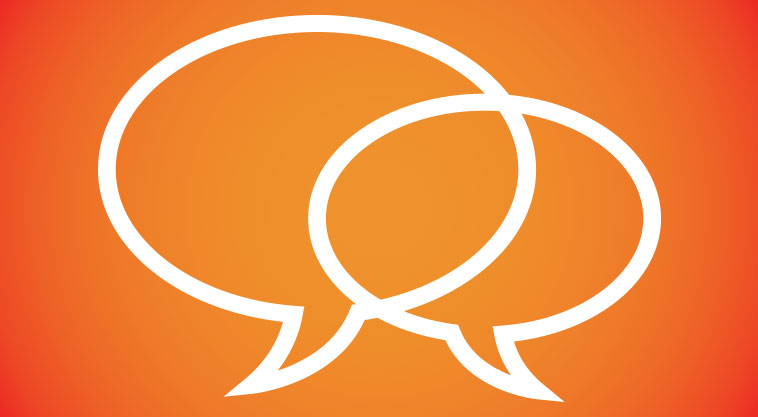Professional Organizer: Part III



B UBBY Remember? Who can remember anything? I save everything on my phone pictures included.
KAYLA I’d rather save it on my brain than on my phone!
MOTHER This is a fun technique. When Kayla gets stuck I can ask her “What do you see?” I love seeing her more relaxed now that she has tools to help herself.
“Today is art day ” I tell Kayla at her next session. I give her markers and colored pencils and a large pad of drawing paper. “Pretend you’re the art director at a new teen magazine. I’m going to read you some short articles and you create graphics to go along with the stories.”
The first story is about the recovery of the Titanic. Kayla draws an enormous ship at the bottom of the ocean with a crystal chandelier visible beside it on the ocean floor. I guide her to add more detail. “Where’s the name of the ship printed? What other artifacts are visible? What else is there at the bottom of the ocean?”
When Kayla’s done we have quite a detailed picture. “This is called visualization ” I explain. ”Although you didn’t actually see anything as I read the story to you you visualized it in order to draw it.” We repeat this exercise with more stories and Kayla becomes great at adding all sorts of details to the pictures.
Therapeutic techniques need to be concrete. Although the skill we’re working on is mental visualization having Kayla draw the picture is a concrete demonstration of the skill.
“Even though you can’t draw in class or when people are talking to you use mental visualization when you’re processing information ” I tell her. “The more details you include in your mental pictures the better the information will stick in your mind.”
Remembering what you’ve seen is always easier than remembering something you’ve heard. Creating visual images helps anchor information in your brain.
Kayla selects a dark marker and colors in the word “Titanic” on the side of the ship. “This is the type of thing I’d forget ” she says. “I’d be able to talk all about the ship and how it was built and why it sank but I wouldn’t be able to remember the actual name.”
“Well then it’s great that you’re coloring it in such large prominent letters. If there’s ever something you think you’re likely to forget dwell on that detail as you visualize the information.”
Kayla has come straight from school and I notice that her loose-leaf is covered with photos of her friends. I point to one picture. “What’s this a photo of?” I ask.
Kayla’s face lights up as she studies the photo. “That was midwinter vacation ” she reminisces. “We went snow tubing in this place… it was called… Ice Mountain.” The more she talks the more animated she becomes. “It was a blast but it was freezing. When we were done we went to this cafי place to warm up. They had the best hot cocoa I have ever tasted!”
Kayla is reliving the experience almost as if she’s watching it play out in front of her. The visualization helps her retrieve words she might otherwise forget.
I smile. “Rich experiences are easy to remember Kayla. Use visualization to create richer memories for anything you want to remember.”
Originally featured in Family First Issue 546. D. Himy M.S. CCC-SLP is a speech-language pathologist in private practice for over 15 years. She is the creator of the Link-It reading comprehension and writing curriculum for elementary school students and directs continuing education programs for speech-language pathologists and educators.
Oops! We could not locate your form.



